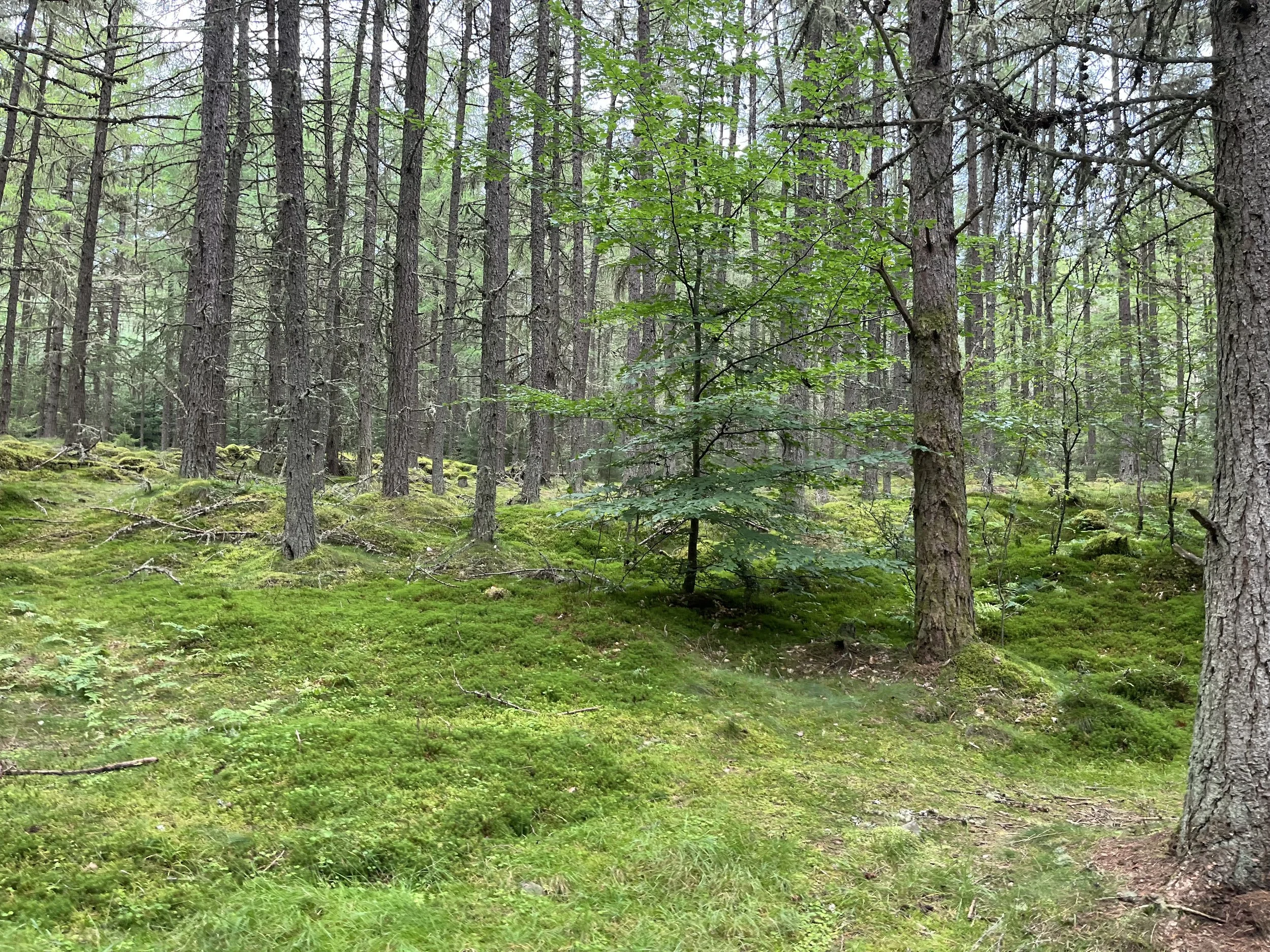Nature-Positive Business Models
Business Models
Most definitions agree that a business model is an organisation’s plan for how it will generate revenue and become, or remain, profitable. It often involves considerations such as:
📈 What do we sell?
📈 How do we produce it?
📈 Who do we sell it to?
📈 How much do we sell it for?
📈 What channels do we sell through?
📈 What capabilities do we need?
So what does this mean when we add ‘sustainable’, ‘circular’, or ‘regenerative’ to the mix?
Nature-Positive Business Models
A nature-positive model is one that makes money whilst also regenerating the natural world. This might look like:
🌱 Halting and reversing nature loss
🌱 Increasing biodiversity
🌱 Improving ecosystem health
🌱 Developing ecosystem resilience
🌱 Increasing nature abundance
The key to a true NPBM is that both profitability and environmental impact result from the business model. That is, the nature-positive effects are not corporate responsibility afterthoughts. This paper does not address the role of Biodiversity Credits in a Nature-Positive Business Model.
Drivers for NPBMs
Depending on the industry, the core drivers for working towards a NPBM might be different. For some, it might be hard to envisage what the link between your business operations and nature might be, so we’ve tried to outline some key considerations.
Farming
Exposure to Nature: High
For farmers, land health is vital for their ongoing ability to produce crops, so adopting a nature-positive, or regenerative, approach to farming will ultimately be sink or swim over the course of this century. Soil health depletion, exposure to both drought and flooding risks, and socioeconomic tail-winds, are all important drivers for the industry. Right now, farmers can hope to capture premium prices, improved soil health, and better long-term yield prospects by moving towards a NPBM.
Fashion
Exposure to Nature: High
Fashion retailers often rely on agricultural inputs (e.g. cotton) and so building nature-positive farming into their value chain is an important step towards a NPBM. Fashion can also reduce nature loss through land use by improving its circularity and avoiding waste sent to landfill, and improve ecosystem health by avoiding those synthetics which become and persist as microplastics in the environment following washing and disposal. Consumer demand and the EU Extended Producer Responsibility Directives are key drivers for this industry.
Construction
Exposure to Nature: Medium-High
Construction in the UK is subject to a statutory framework stating that every grant of planning permission is subject to the condition that at least a 10% increase in biodiversity value (relative to pre-development) is achieved. The sector can look to 1) regenerate nature in urban sites, 2) source regeneratively-produced materials, and 3) avoid nature loss through new techniques such as offsite component manufacture. There are opportunities for the sector to create higher value sites and reputational competitive advantage, on top of meeting regulatory obligations.
Insurance
Exposure to Nature: Medium-High
Insurance is exposed to nature risks through the increasing prevalence of natural disasters with climate change, and through the changing risk profiles of its clients. There are four key roles insurance can play: as an enabler/disabler of business practices; as an investor; addressing the impact of own operations; and nudging behaviours through policy terms. This could mean supporting NPBMs in clients by rewarding nature-positive behaviour with lower premiums, innovating in policy areas which promote nature-positivity (e.g. around AgTech), and phasing out products which lead to nature loss.
Where do I start?
Getting started with NPBMs can be difficult. Try to consider:
🌱 What and where is my exposure to nature?
🌱 How is nature relevant to core operations and how is it relevant in my supply chain?
🌱 How could thinking progressively on nature help my bottom line?
🌱 Who can I collaborate with for impact?
And please do reach out to us at mike@wrathallconsulting.co.uk with any questions or if you need support!
Bibliography
Nature Positive
WWF Nature Positive Business
GOV.UK guidance on biodiversity net gain
Business Models Definition
Investopedia
AHA
Strategyzer
HBR
